Introduction and the Importance of User-Friendly Website Design in the Digital Age

In today’s competitive world, user-friendly website design is no longer a luxury option, but a vital necessity for any business that wants to succeed in the online space.
A #user_friendly_website means a site where visitors can easily navigate, find the information they need, and have a positive interaction with the content and services.
This is the first and most important step for attracting and retaining online customers.
The importance of user-friendly website design stems from the fact that today’s users are faced with an abundance of information and options; if your website cannot provide an enjoyable experience, they will quickly move on to your competitors.
This not only affects your website’s traffic but is also directly related to your conversion rate, customer loyalty, and brand reputation.
An excellent user experience means a reduced bounce rate, increased time spent on the site, and ultimately, sales growth and brand position enhancement.
In fact, user-friendly website design is the foundation of any successful digital marketing strategy and must be given special attention at every stage of website development.
This approach ensures that your site is not only beautiful but also functionally powerful and effective.
Next, we will delve deeper into the various dimensions of this vital concept.
Is your online sales not as you expect? With Rasaweb, solve the problem of low sales and poor user experience forever!
✅ Increase visitor-to-customer conversion rate
✅ Create an enjoyable user experience and boost customer trust
⚡ Act now to receive a free consultation!
Basic Principles of User Experience (UX) in Successful Web Design
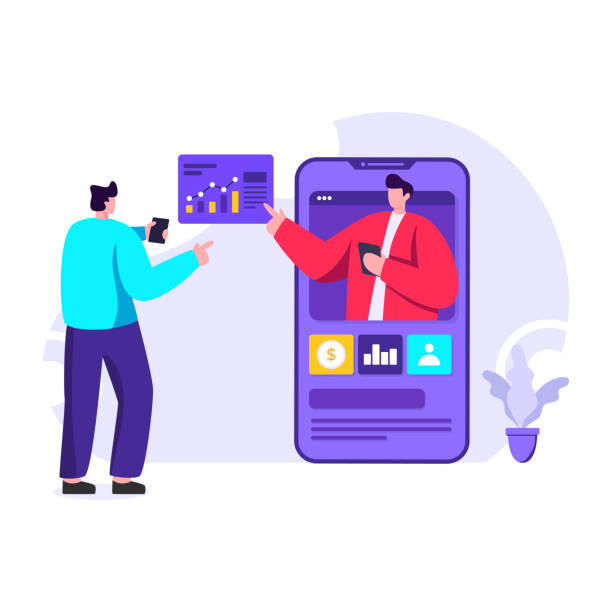
User Experience (UX) is the backbone of a successful website and directly influences the extent of user-friendly website design.
UX principles go beyond mere aesthetics and address how a user feels and interacts with a digital product or service.
One of the fundamental principles is ‘ease of use’; the website should be designed so that users can quickly perform their tasks without needing specific training.
‘Accessibility’ is also of great importance, meaning the site should be usable for people with various abilities, including those with disabilities.
This includes attention to color contrast, font sizes, and support for assistive tools.
‘Effective communication’ is also a key element; information should be presented clearly and concisely to prevent user confusion.
Furthermore, ‘logical and intuitive navigation’ helps users easily find their way around the site.
Using recognized design patterns and familiar visual elements significantly helps improve user experience.
A website with strong UX not only meets user needs but also exceeds their expectations, creating a sense of satisfaction and loyalty.
This means users will be more inclined to return and re-engage with the site.
These specialized yet essential topics are at the heart of every user-friendly website design.
User Interface (UI) and its Role in Visual Appeal and Site Interaction
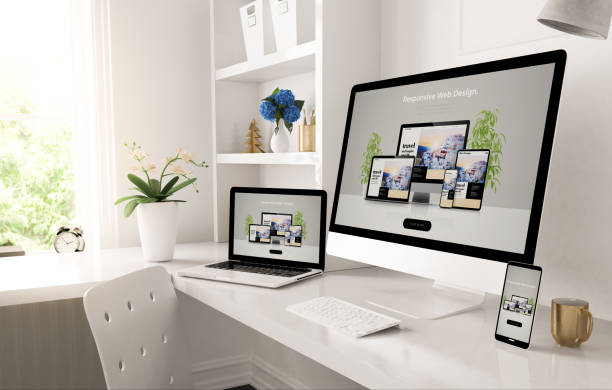
While UX addresses the overall user feeling, User Interface (UI) relates to the appearance and visual interactions of a website.
UI includes everything the user interacts with: buttons, icons, images, text, and forms.
An attractive and efficient UI complements strong UX and plays a vital role in creating a user-friendly website design.
Visual design should not only be beautiful but also function in a way that facilitates navigation and interaction.
Using an appropriate color palette, legible typography, and sufficient white space (Whitespace) to prevent visual clutter are important UI principles.
Responsive Design, which makes the site viewable and usable across various screen sizes, is also an integral part of modern UI.
This aspect of web design helps users pursue their goals on the site without confusion and easily interact with various elements.
A good UI presents information in a logical and understandable way, making the user’s path on the site clear.
In this regard, the instructional nature of visual elements is important for guiding users.
Table 1: Comparison of Good and Bad User Interface (UI) Elements
| Feature | Good UI | Bad UI |
|---|---|---|
| Navigation | Clear, logical, and predictable (fixed menus, breadcrumbs) | Complex, hidden, and disorganized (cluttered menus, no indicators) |
| Text Readability | Legible fonts, high contrast, appropriate size | Fancy fonts, low contrast, inappropriate size |
| Buttons and Interactive Elements | Clear, clickable, with visual feedback (e.g., color change) | Hidden, small, no feedback, confusing |
| Consistency | Consistent throughout the site (color, size, layout) | Inconsistent, different elements on different pages |
Easy Navigation and Logical Page Structure for an Effective Website

One of the most important elements of user-friendly website design is providing an easy navigation system and a logical page structure.
Users are looking for a quick and hassle-free way to find the information they need.
If they cannot easily move around the site, they will quickly leave it.
Therefore, guiding the user at every step is of high importance.
This includes designing clear menus, using “Breadcrumbs” (navigation paths) to indicate the user’s current location, and a logical hierarchical structure for content.
A Sitemap and strong search functionality are also important tools for improving navigability.
Proper content categorization and the use of clear labels for links and buttons also help users quickly find the content they are looking for.
A logical site structure not only improves user experience but also aids in Search Engine Optimization (SEO), as search engines can crawl and index your content more easily.
In fact, easy navigation is one of the main signs of a user-friendly website that allows users to achieve their goals without any obstacles.
This aspect of design requires careful analysis of user behavior and anticipation of their needs.
Are you tired of your e-commerce site having visitors but no sales? Rasaweb solves your main problem with professional e-commerce website design!
✅ Significant sales increase with targeted design
✅ Flawless user experience for your customers
⚡ Get a free consultation!
Loading Speed and Website Performance Optimization for a Better Experience
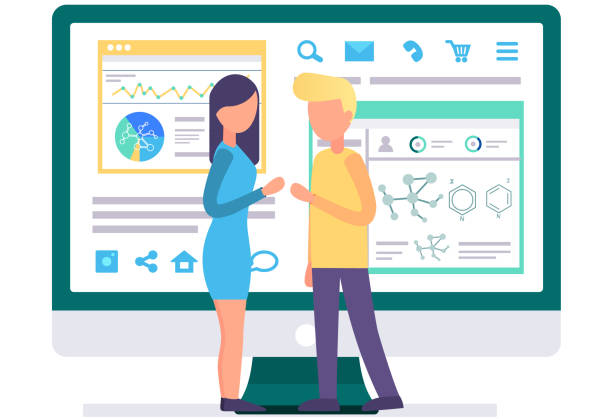
In the information age, user patience has significantly decreased, and website loading speed is considered one of the decisive factors in user-friendly website design.
Studies have shown that even a one-second delay in page loading can lead to a significant decrease in conversion rates and an increase in bounce rates.
Therefore, optimizing site performance and ensuring its high speed is crucial.
This includes various techniques such as image compression, caching, minimizing CSS and JavaScript codes, and choosing suitable hosting.
Using speed measurement tools like Google PageSpeed Insights can help identify weaknesses and optimization opportunities.
The most specialized aspect of this issue is server optimization and the use of Content Delivery Networks (CDN) to deliver content faster to users in different geographical regions.
Additionally, Lazy Loading for images and videos (loading content only when the user needs it) can significantly improve initial loading speed.
High speed not only improves user experience but is also an important factor in search engine rankings, which means greater audience reach.
This is a crucial aspect for user-friendly website design and online success.
Responsive Design and its Importance in Mobile Experience

In today’s world, where the use of smartphones and tablets for internet access is increasing, Responsive Design is no longer an option, but a necessity for any user-friendly website design.
Responsive design means that your website displays correctly and functions properly regardless of the screen size of the device the user is on (laptop, tablet, mobile).
This approach ensures that all website elements, from text and images to menus and buttons, are automatically adjusted and optimized for the best viewing and interaction experience.
The importance of this stems from the fact that a significant portion of website traffic comes from mobile devices, and if your site is not optimized for mobile, users will quickly leave it.
Google, as the largest search engine, also considers mobile optimization as an important ranking factor.
Therefore, neglecting responsive design can lead to a loss of organic traffic and a decrease in website credibility.
Implementing this type of design requires an educational and precise approach in web development to ensure that the user experience remains consistent and enjoyable across all platforms.
This is not only an industry standard but also the heart of a modern user-friendly website design.
Engaging and Understandable Content: An Essential Pillar in Attracting and Retaining Users
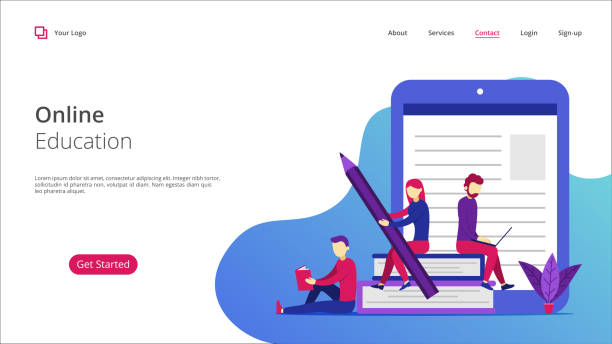
Content is king; this statement especially holds true for user-friendly website design.
Even the best visual design and fastest loading speed cannot retain users without engaging and understandable content.
Your content should not only be informative but also presented in a way that is entertaining and engaging for your target audience.
This includes using simple and clear language, avoiding complex technical jargon (unless your audience is specialized), and logically organizing information.
Using subheadings, lists, and short paragraphs helps improve readability.
Images, videos, and infographics can also help break up long text blocks and convey information more quickly.
Analytical and explanatory content can enhance your site’s credibility and establish you as an authoritative source in your field.
Furthermore, news and up-to-date content can encourage users to return to the site regularly.
User-friendly website design requires content that answers user questions, adds value, and encourages them to take action (such as purchasing or signing up).
Attention to the quality and relevance of content to user needs is the cornerstone of a successful and user-friendly website.
Table 2: Content Types and Their Impact on User Experience
| Content Type | Impact on UX | Example |
|---|---|---|
| Educational Content | Increases user knowledge, builds trust, reduces support questions | Step-by-step tutorials, “how-to” articles |
| Explanatory Content | Provides detailed information about products/services | About Us pages, product descriptions, FAQs |
| Analytical/News Content | Keeps users updated, builds credibility, attracts regular visitors | Analytical blog posts, industry news, reports |
| Entertaining Content | Increases dwell time, builds emotional connection, encourages sharing | Contests, games, humorous videos, success stories |
Accessibility and Inclusivity in Web Design
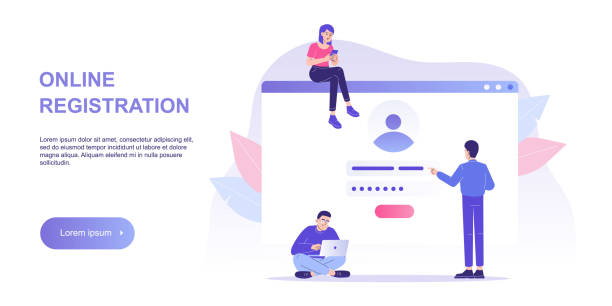
Accessibility is an often-overlooked but vital aspect of user-friendly website design.
This concept means designing a website that is usable for everyone, regardless of their abilities or disabilities (visual, auditory, motor, cognitive).
An accessible website not only provides access to information for people with disabilities but also improves the user experience for everyone.
For example, using Alt Text for images not only helps visually impaired individuals understand image content but is also beneficial for SEO.
Adhering to proper color contrast, enabling font size changes, keyboard navigation, and providing captions for videos are other accessibility principles.
This specialized and ethical approach not only demonstrates your commitment to inclusivity but can also expand your target market.
In many countries, there are laws and regulations to ensure website accessibility, so adhering to these standards is also legally important.
A truly user-friendly website design must consider all users and ensure that no one is deprived of access to information or services.
This not only benefits users but also enhances your brand’s reputation and reach.
Research shows that 80% of customers trust companies with a professional website more. Does your current site attract this trust?
With Rasaweb’s corporate website design services, solve the problem of customer distrust and a poor online image forever!
✅ Create a professional image and increase customer trust
✅ Attract more sales leads and grow your business
⚡ Get a free consultation
Usability Testing and Continuous Website Improvement
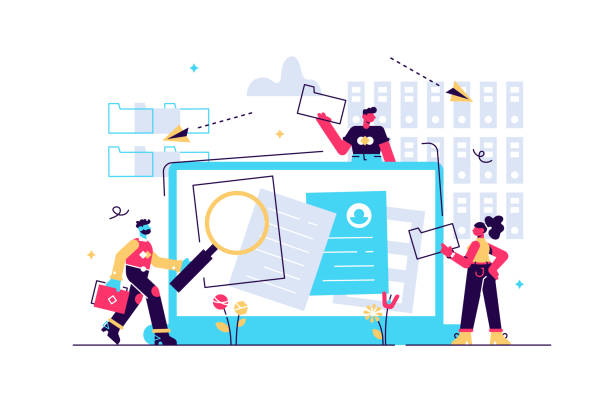
Building a user-friendly website design is not a one-time process but requires continuous improvement.
One of the most important tools for achieving this goal is Usability Testing.
In this process, real users interact with your website and provide valuable feedback on ease of use, strengths and weaknesses, and any obstacles in the user experience.
These tests can include A/B testing, user interviews, heatmaps, and web analytics (such as Google Analytics).
The results of these tests provide important analytical and instructional information that helps you make more informed decisions for website optimization.
After collecting feedback, the design and development team should implement the necessary changes and repeat the testing process to ensure the effectiveness of the improvements.
This feedback and improvement cycle ensures that your website is always aligned with user needs and expectations, providing an optimal user experience.
User-friendly website design is dynamic and must evolve with changing technologies and user behavior.
Without continuous testing and improvement, even the best initial design will become obsolete over time.
This practical guidance helps you stay ahead of the competition.
User Behavior Analysis and Measurement for Continuous Optimization
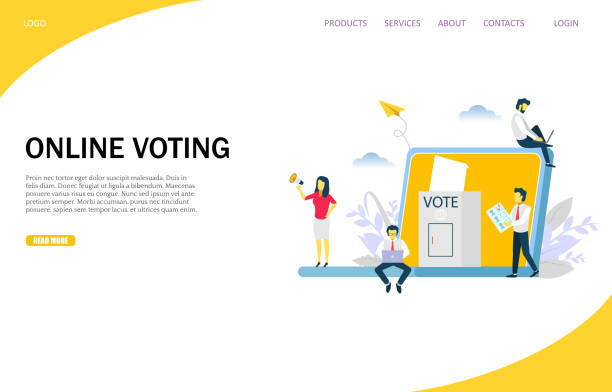
To ensure your user-friendly website design is effective in the long run, analyzing and measuring user behavior is crucial.
Web analytics tools like Google Analytics, Hotjar, and Crazy Egg allow you to see how users interact with your site: where they enter, which pages they stay on the longest, which links they click, and where they leave the site.
These analytical data provide extremely valuable information for understanding user behavior patterns.
For instance, if you notice a very high bounce rate on a particular page, it indicates that the page needs review and optimization.
Also, tracking goals and conversions (such as completing a contact form or purchasing a product) helps you measure the effectiveness of your design and content.
Question-provoking and interactive content can lead to interesting behavioral data that helps you understand users more deeply.
Based on this data, you can formulate hypotheses and test changes using A/B tests or other usability testing methods.
This iterative process of analysis, testing, and optimization ensures that your user-friendly website design is continuously improved and aligned with the evolving needs of users and your business goals.
This specialized approach is essential for any successful website.
Frequently Asked Questions
And other services of Rasaweb Advertising Agency in the field of advertising
Smart Digital Advertising: A new service to increase website traffic through SEO-driven content strategy.
Smart SEO: Revolutionize click-through rates with attractive UI design.
Smart Sales Automation: A combination of creativity and technology to improve SEO ranking through an SEO-driven content strategy.
Smart Brand Identity: Designed for businesses seeking digital branding through the use of real data.
Smart Digital Branding: Designed for businesses seeking digital branding through intelligent data analysis.
And over a hundred other services in the field of internet advertising, advertising consultation, and organizational solutions
Internet Advertising | Advertising Strategy | Advertorials
Resources
- Comprehensive Website Design Guide
- What is User Experience (UX)?
- Professional Website Design Guide
- What is UI and UX Design?
? Are you looking to elevate your business in the digital world?
Rasaweb Afarin Digital Marketing Agency, specializing in custom website design, Search Engine Optimization (SEO), and advertising campaign management, helps you establish a powerful and effective online presence.
Let us take your business to new heights with innovative and creative solutions. For a free consultation and more information, please contact our experts.
📍 Tehran, Mirdamad Street, next to Bank Markazi, Southern Kazeroun Alley, Ramin Alley, No. 6
